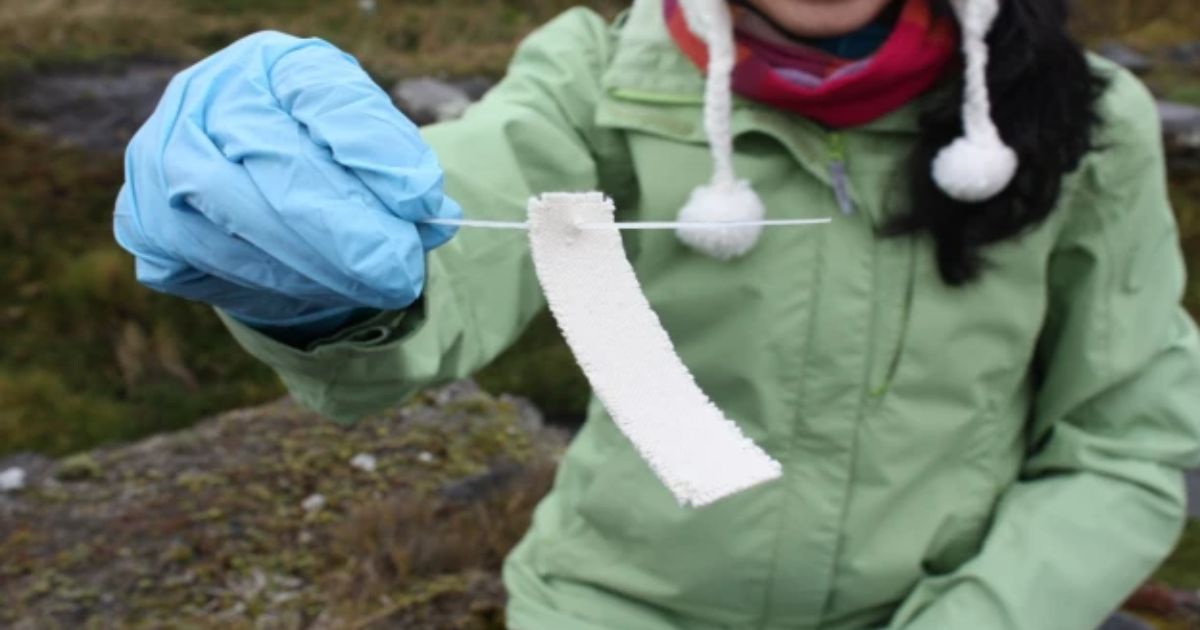How do human activities shape global patterns of decomposition rates in rivers?
A new study published in the journal Science warns of the need to reduce the impact of human activities on aquatic ecosystems. The study was authored by a team of 150 researchers from 40 different countries, including MARE researchers Verónica Ferreira and Manuel Graça.

The study estimates the decomposition rates of organic matter in freshwater ecosystems (a source of carbon emissions) at a global level. The decomposition of organic matter produced by the forest flanking watercourses is a fundamental process in forested streams, and underpins aquatic food webs.
The fieldwork took place in 550 rivers around the world, where the scientists carried out a standardised test to assess the rate of decomposition of small pieces of cotton fabric (made up mostly of cellulose, a plant compound that is very abundant on Earth). Based on these tests, predictive models and machine learning algorithms were then used to estimate the decomposition rates of cellulose and leaves of various species for various areas of the globe.
At a global level, this work alerts us to the need to reduce human impacts on watercourses, which will help prevent the release of CO2 into the atmosphere and contribute to controlling climate change. ‘When we think of greenhouse gas emissions, we tend to associate them with emissions from cars and industry, but aquatic ecosystems also release carbon dioxide (CO2) and methane as a result of the natural processes that take place there,’ reveals Verónica Ferreira.
The study points unequivocally to the decisive impact that human beings are having on the decomposition rates of organic matter in rivers on a global scale. This finding is illustrated by the maps presented in the article, which can be accessed free of charge via a website built by the authors.
‘This online mapping tool allows anyone to understand how quickly different types of leaves can decompose in local rivers,’ explains Manuel Graça, adding that ‘its use makes it possible to obtain an estimate of leaf decomposition rates even in rivers that have not been the subject of previous research.’
To access the article click HERE
